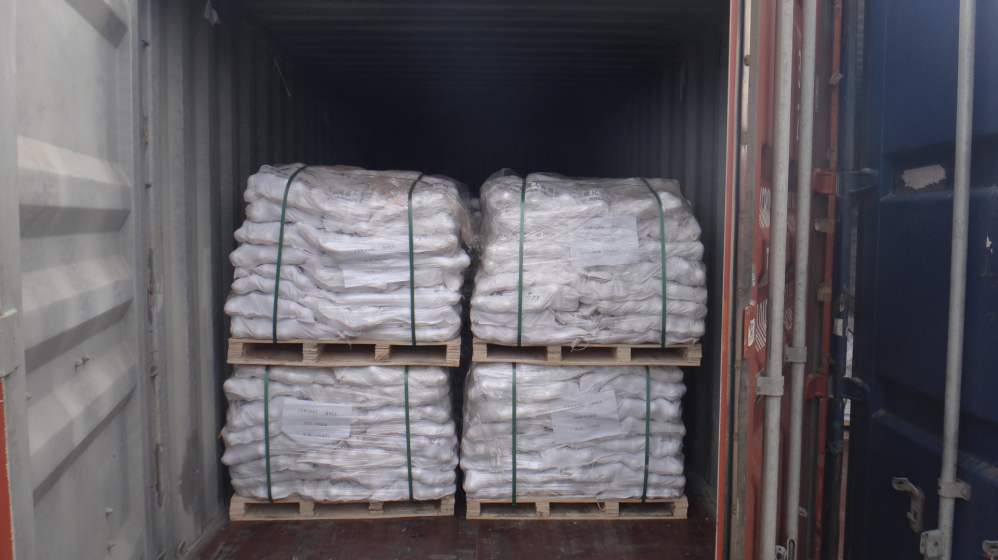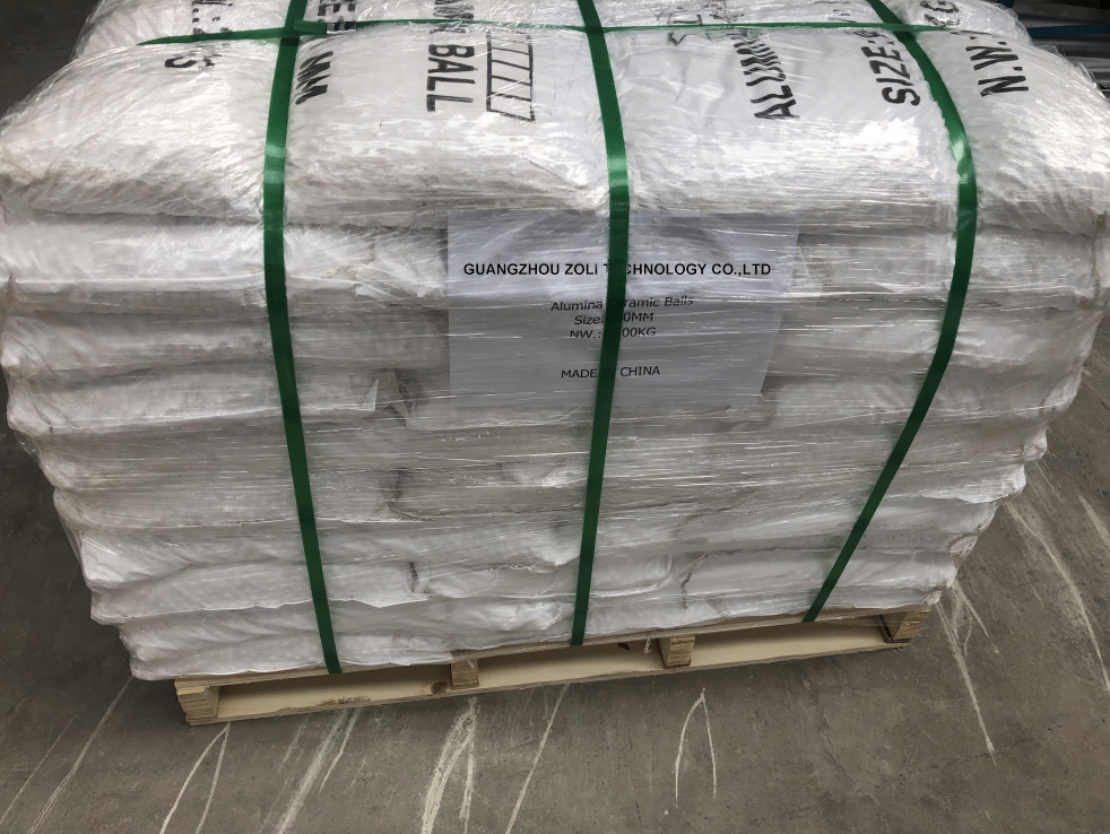In the world of industrial processing, efficiency and precision are
paramount. One of the unsung heroes of this industry is the alumina
milling ball. Specifically, the 3mm-50mm high-density aluminum
oxide alumina milling balls have revolutionized grinding and
milling processes across various sectors. These tiny yet mighty
spheres are critical in optimizing the performance of milling
operations, offering significant advantages over traditional
milling media.
Alumina milling balls are small, spherical grinding media made from
aluminum oxide (Al2O3). Available in sizes ranging from 3mm to
50mm, these balls are renowned for their high density, excellent
wear resistance, and superior grinding efficiency. The high-density
aluminum oxide alumina milling balls are specifically designed to
enhance the grinding process, making them indispensable in
industries such as ceramics, electronics, metallurgy, and chemical
engineering.
- Density: Typically around 3.6 g/cm³, these balls are denser than many
alternative materials, providing greater impact force during
milling.
- Hardness: With a Mohs hardness of 9, alumina balls are extremely resistant
to wear, ensuring longevity and consistent performance.
- Available in sizes from 3mm to 50mm, allowing for customization
based on specific milling requirements.
- Smaller balls (3mm-10mm) are ideal for fine grinding, while larger
balls (20mm-50mm) are used for coarser materials.
- High purity alumina (>92% Al2O3) ensures chemical inertness,
preventing contamination of the milled materials.
- Polished surface reduces friction and wear on milling equipment,
enhancing efficiency and lifespan.
The high density of alumina milling balls translates to more energy
being transferred to the material being milled, resulting in faster
grinding times and finer particle sizes. This efficiency is
particularly beneficial in the production of ceramics and
electronic components where precision is crucial.
Due to their durability and wear resistance, alumina milling balls
have a longer lifespan compared to other grinding media. This
reduces the frequency of media replacement, leading to cost savings
over time.
Alumina milling balls are suitable for a wide range of
applications, including:
- Ceramics: Used in the production of tiles, sanitary ware, and advanced
ceramics.
- Electronics: Essential in the grinding of materials for electronic components.
- Chemical Engineering: Ideal for the homogenization of chemical compounds.
Alumina balls are extensively used in the paint and ink industry to
achieve uniform particle sizes and smooth textures, enhancing
product quality.
In the geological and metallurgical industries, these balls are
used for sample preparation and mineral processing, ensuring
precise and reliable results.
The high-temperature resistance of alumina balls makes them
suitable for grinding materials used in refractory products,
ensuring durability and performance under extreme conditions.
Selecting the appropriate size and quantity of alumina milling
balls is crucial for optimizing milling performance. Here are some
general recommendations based on feed material size:
- Hard Samples (~10mm): Use 30mm or 40mm balls.
- Medium Size (<5mm): Opt for 20mm balls.
- Fine Material (0.5mm): Choose 10mm or smaller balls.
It's important to note that these are general guidelines, and
experimental determination may be necessary for specific
applications.
Ensure that the hardness of the grinding jars and balls is higher
than that of the material being milled to prevent excessive wear.
Experiment with different ball-to-material ratios to achieve the
desired grinding efficiency and particle size.
Regularly inspect and maintain milling equipment and media to
ensure optimal performance and longevity.
●Sizes Φ:
Size(mm) | Size(mm) | Size(mm) | Size(mm) |
0.5-1.0 | 6.0 | 20.0 | 70.0 |
1.0 | 8.0 | 25.0 | 80.0 |
2.0 | 10.0 | 30.0 | 90.0 |
3.0 | 13.0 | 40.0 | 100.0 |
4.0 | 15.0 | 50.0 | |
5.0 | 18.0 | 60.0 | |
●Package:
25KG/woven bag,1000KG-1250KG for one pallet with shrink wrapped





